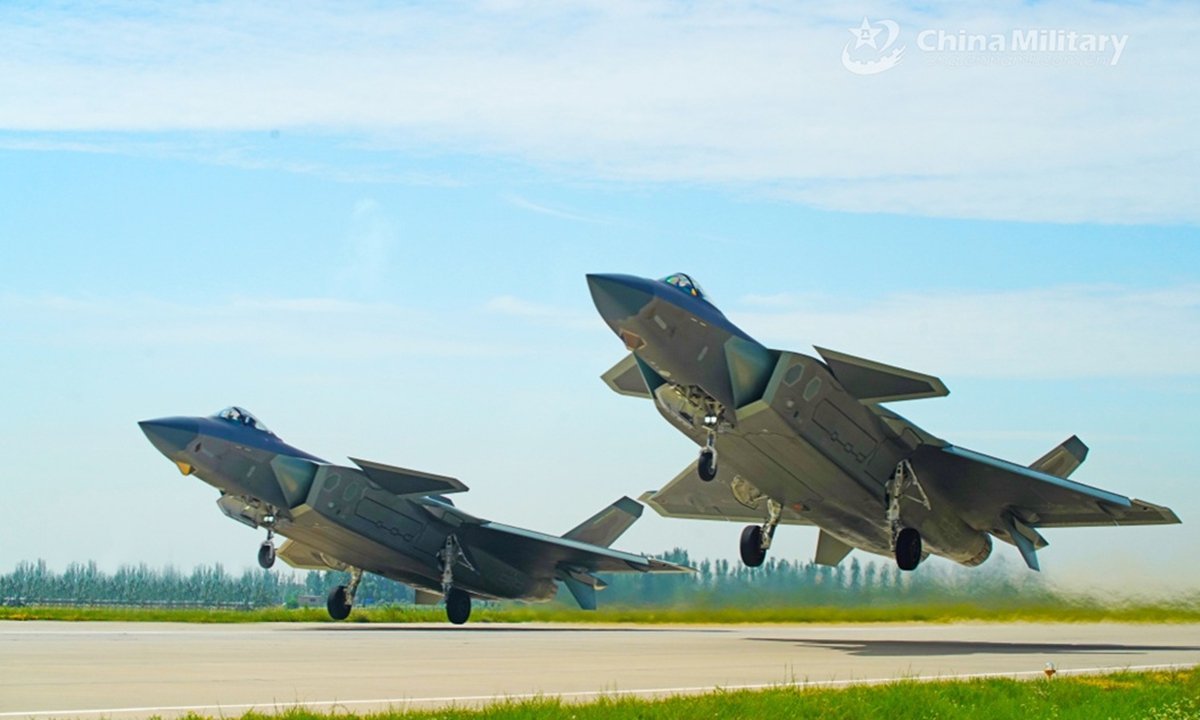Low-cost unmanned aerial vehicles have been touted as the biggest change in modern warfare since World War II. Equally successful have been the unmanned surface vessels that have helped Ukraine, a country with virtually no navy, take out the majority of Russia’s Black Sea Fleet.
The Indian Navy has demonstrated the capability of an autonomous surface vessel that traversed 1500 kilometers in the Arabian Sea without any human intervention. The Indian Navy is initiating the induction of 12 of these indigenously developed platforms.
The induction has come 26 years after 10-armed terrorists from Karachi entered Mumbai after sneaking the country’s maritime border on speedboats. What ensued was one of the deadliest terror attacks that saw India’s financial and entertainment capital living in terror for the next 60 hours, with 12 coordinated shootings and bombings in iconic locations across the city, including Chhatrapati Shivaji Terminus, Oberoi Trident and Taj Palace and Tower, among others.
The Unmanned Surface vessel that the Indian Navy is inducting will help plug any gaps in India’s maritime security. The initial batch of 12 will pave the way for further refinement of the technology and upgrades in the future.
The autonomous surface vessel Matangi was developed by Sagar Defence Engineering and flagged off by Indian Defense Minister Rajnath Singh on October 29. Matangi is 13 meters in size and makes a sea transit from Mumbai to Tuticorin, a distance of 850 nautical miles or 1500 kilometers. It conducted the journey without human intervention, using the indigenously developed ‘navigation & collision avoidance software.’
Officials told the EurAsian Times: “Matangi will be the eyes and ears for the Indian Navy and an important part of the OODA loop (Observe, Orient, Decide and Act). It can carry out hot pursuits at choke points.”
The boat is satellite-controlled, giving it a limitless range. It can also be shifted to radio frequency and controlled by a warship or a helicopter. It can be refueled at sea and will play an important role in ISR (intelligence, surveillance, and reconnaissance).
It is mounted with a small gun. When fitted with weapons, it is capable of fulfilling multiple roles, such as reconnaissance, cargo transport, or armed strike missions.
The induction trial run was done last year. “This boat is smaller than most platforms in the Indian Navy, but it packs more punch in terms of endurance. It is a chota packet, bada dhamaka (small packet and big punch),” the official added.
“The autonomous run by Matangi for 1,500 kilometers has not been done on a global level so far,” the official informed. The vessel’s adaptability allows it to be reconfigured for tasks like surveying coastal zones or seabeds, transporting sonar equipment, or even being used as an electronic warfare platform.

The Indian Navy has drawn its lessons from the exploits of the Ukrainian Navy, which in late 2022 carried out an audacious raid on the Russian Black Sea Fleet using uncrewed surface vessels as ‘suicide craft.’ The attack heralded a new era of sea warfare. Matangi can also be used to carry out Kamikaze attacks against adversaries’ warships.
The robotic boats used by the Ukrainian Navy in 2022 were very basic. They were equipped with electro-optical and infrared sensors as well as Starlink antennae, and they were powered in part by commercial off-the-shelf (COTS) technology, including a propulsion system from a recreational power jet.
Since then, the USV technologies have grown increasingly sophisticated, and Ukrainian forces have used a multitude of different systems, most recently arming them with multiple-launch rocket systems, to strike a greater number of small surface, air, and coastal targets.
The use of weaponized surface drones is bound to increase in the future. Individually, they may pose only limited danger, but they can be used as a fleet. Also, their low cost and low risk to lives can make them a potent threat.
The Unmanned Future Of Sea Warfare
The Indian Navy’s area of operation is vast, straddling the Gulf of Aden in the east to the Strait of Malacca in the West.
Piracy and frequent Chinese warships in the Indian Ocean Region make it prudent for the Indian Navy to keep a vigilant eye on the region. The Unmanned Surface Vessels will ease the issues of logistics and sustainment and help the Indian Navy extend its defensive perimeter.
A USV can carry a larger payload than aerial vehicles. It can damage critical portions of warships, such as engines and munition storage areas closer to the water surface, causing massive flooding. Explosive-laden USVs are inexpensive and can be used in large numbers.
If required, the USVs can linger indefinitely in unobtrusive places before they stealthily approach their targets, then strike in numbers that overwhelm the defenders’ ability to respond effectively.







